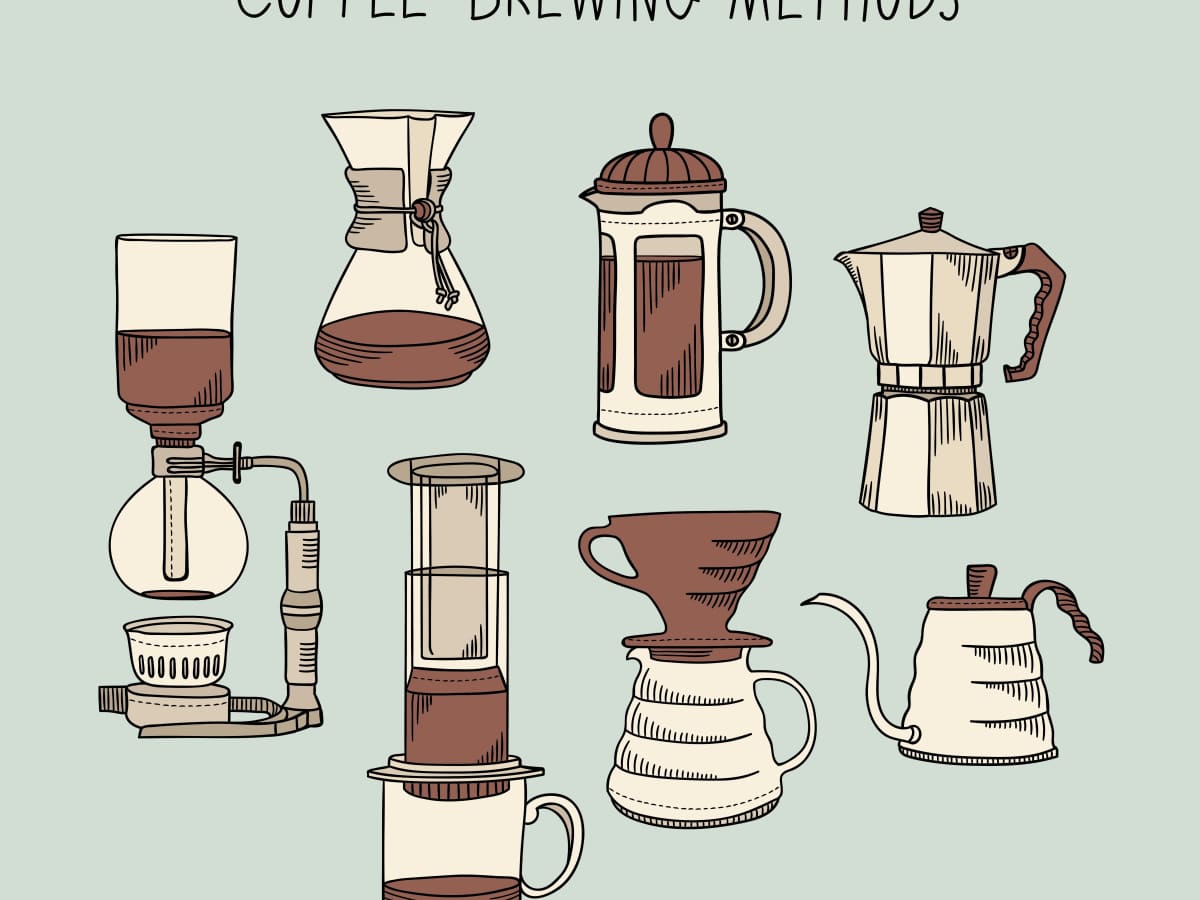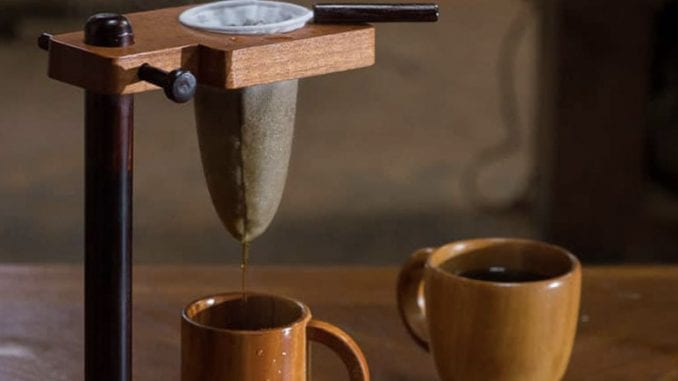The Effect of Different Coffee Brewing Methods on Flavor and Aroma
Wiki Article
Checking Out the Art of Coffee Developing: A Comprehensive Guide to Developing Your Cup
The art of coffee developing is a multifaceted technique that merges science with individual expression, where the choice of beans, water top quality, and brewing techniques merge to create a refined sensory experience. Comprehending the subtleties of various coffee beans, especially the differences between Arabica and Robusta, is vital for any kind of enthusiast. Moreover, the option of suitable tools and careful focus to developing parameters can substantially affect the last outcome. As we explore these elements, one must think about exactly how even small modifications can cause extensive modifications in flavor and aroma-- what might these adjustments reveal about your excellent mug?Comprehending Coffee Beans
To genuinely appreciate the art of coffee developing, one have to initially comprehend the foundational component: coffee beans. These tiny seeds, normally obtained from the Coffea plant, are important in identifying the flavor account, scent, and overall top quality of the made beverage. Coffee beans largely fall under 2 groups: Arabica and Robusta. Arabica beans, understood for their delicate tastes and greater acidity, are usually preferred by connoisseurs. In comparison, Robusta beans have a stronger, extra bitter taste and greater high levels of caffeine material, making them ideal for coffee blends.
Moreover, the processing approach-- whether cleaned, natural, or honey-- impacts the beans' final preference. Recognizing these elements allows makers to pick the right beans that align with their chosen taste account, eventually enhancing the coffee brewing experience. coffee brewing methods. This comprehension is necessary for any person desiring master the craft of brewing the ideal cup of coffee
Brewing Techniques Described
Lots of fanatics locate that the selection of developing approach dramatically influences the last taste and fragrance of their coffee. Each approach uses various removal methods, affecting the coffee's character and richness.Drip brewing, one of one of the most preferred approaches, makes use of an equipment to trickle warm water through ground coffee, producing a regular and tidy cup. French press, on the other hand, immerses coffee premises in warm water, enabling a fuller body and more durable taste, as oils and great particles remain in the mixture.
Pour-over developing offers a careful approach, where water is by hand poured over coffee grounds, permitting for exact control over removal time and temperature level, leading to a bright and nuanced mug.
Espresso, a concentrated coffee made under pressure, is known for its solid flavor and creamy appearance, serving as the base for various coffee beverages, including lattes and coffees.
Crucial Devices Needed
What tools is necessary for brewing a fantastic mug of coffee? The foundation of any effective coffee brewing procedure depends on top quality devices tailored to your favored method. A trustworthy coffee grinder is crucial; fresh ground beans considerably boost flavor and scent. Choose a burr grinder, which makes certain uniform bit dimension, vital for optimal extraction.Next, consider your developing tool. Options range from drip coffee manufacturers and pour-over arrangements to French presses and espresso devices. Each technique supplies distinct flavor profiles and developing strategies, so pick one that aligns with your taste preferences.
A specific scale is also vital, permitting you to measure coffee and water precisely, which is essential for uniformity. Additionally, a thermometer can assist keep an eye on water temperature level, as it straight influences extraction top quality.
Learning Water Quality
The top quality of water made use of in developing coffee plays a substantial role in determining the last taste account of the cup. Various factors contribute to water quality, including mineral web content, pH degree, and general purity. Ideally, water should be without impurities and contaminants, as these can detrimentally influence the taste of coffee.
Minerals, such as calcium and magnesium, improve the extraction of flavors from the coffee premises, while preserving a balanced pH level-- around 6.5 to 7.5-- is crucial for optimum extraction. Water that is too soft may bring about under-extraction, causing sour or weak tastes, while excessively difficult water can produce a bitter or harsh mug.
see this site For the finest outcomes, filtered water is suggested, as it reduces the visibility of chlorine and other unwanted compounds often located in faucet water. In addition, take into consideration using water with a Complete Dissolved Solids (TDS) level in between 150-200 ppm, which is usually optimal for coffee developing. By grasping water quality, you can lay a strong foundation for attaining a consistently exceptional mug of coffee, enabling the one-of-a-kind qualities of your picked beans to shine through.

Tips for Taste Improvement
Enhancing the flavor of your coffee can substantially elevate your brewing experience and highlight the unique nuances of your selected beans. To look at this website attain this, consider numerous essential variables that affect taste.First of all, the work dimension plays an important duty. A finer work increases extraction, leading to bolder tastes, while a coarser work returns a milder mug. coffee brewing methods. Adjust your grind according to your brewing technique to attain optimum outcomes
Secondly, try out brew time. Over-extraction can cause anger, while under-extraction lead to a sour taste. Aim for a brew time that balances these extremes, typically between two to four minutes, depending upon your technique.
Brewing with water that is too warm can swelter the coffee, while water that is too cool might fall short to draw out sufficient taste. In verdict, the art of coffee brewing is a multifaceted technique that needs a deep understanding of various components, consisting of bean choice, brewing techniques, and water high quality. By integrating these parts, coffee lovers can raise their brewing techniques, resulting in a mug that not only pleases personal choices yet likewise showcases the rich intricacy of coffee tastes. The art of coffee brewing is a complex self-control that combines science with individual expression, where the option of beans, water quality, and brewing methods merge to produce a refined sensory experience.To genuinely appreciate the art of coffee developing, one should initially comprehend the foundational component: coffee beans. Brewing with water that is also hot can blister the coffee, while water that is as well cool might stop working to extract ample flavor. In verdict, the art of coffee brewing is a complex technique that needs a deep understanding of various aspects, including bean choice, developing methods, and water high quality. By incorporating these components, coffee lovers can raise their developing techniques, resulting in a mug that not only satisfies personal choices yet you can try these out likewise showcases the abundant intricacy of coffee tastes.
Report this wiki page